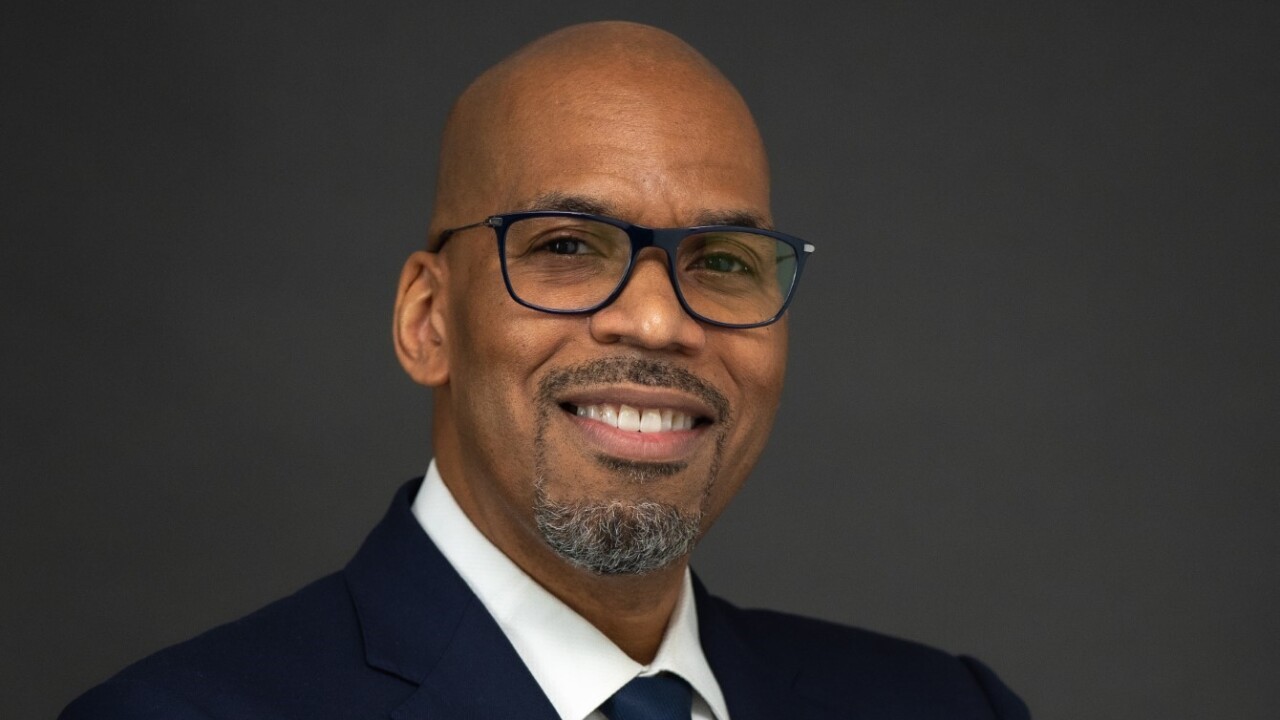Article II, Section 3, of the United States Constitution, on the presidency, provides, “He shall from time to time give to the Congress information of the state of the union.”President George Washington delivered the first State of the Union address on Jan. 8, 1790, at the U.S. Capitol, then situated at the corner of Wall and Broad Streets in New York City.
Since then, presidents famous and infamous have delivered their State of the Union address in person or in writing. Now, state governors deliver State of the State addresses and mayors deliver State of the City addresses.
Why not a State of the Profession address?
From the time I met my first CPA in 1941 to this date, the accounting profession has changed in every conceivable way. Many state societies were small and insignificant — now they are both vocal and active due to the astute management of the National Association of State Boards of Accountancy. The American Institute of CPAs was not a factor in 1941, but it has grown in size and importance despite some setbacks, such as the proposed “Cognitor” credential.
SCANDAL SPURS PROGRESS
The McKesson & Robbins scandal erupted in the late 1930s due to manipulation by the four Musica brothers, one of whom had changed his name to Coster and become president of the company; the other three likewise changed their names and took various posts. They raped the firm, which plunged into bankruptcy. The shock reverberated throughout the profession. The four thieves overstated sales, inventories and accounts receivable.
How could it have happened? Interestingly, it was the New York State Society of CPAs, with its impressive list of presidents — including Robert H. Montgomery, Maurice Peloubet, Joseph J. Klein and others — who testified before the Securities and Exchange Commission. The New York State Society conducted extensive research, which resulted in the publication of Extension of Auditing Procedures. The treatise provided that inventories should be checked, that accounts receivable must be confirmed, that balance-sheet items should be verified, and that income and expense items should be scrutinized.
At the time, there was no Financial Accounting Standards Board, no Governmental Accounting Standards Board, and technical and ethical standards were ambiguous. However, with the growth and development of the AICPA under the superb management of executive director John L. Carey and a series of outstanding presidents, including Robert H. Montgomery, Arthur B. Foye, John W. Queenan, Ralph E. Kent, J.S. Seidman and Philip L. Defliese, the institute took over the leadership of the profession.
BIG EIGHT DOWNSIZES
Perhaps the most important development over the years was the diminution of the Big Eight, now the Big Four, with buzzards circling. Could it potentially become the Big Two?
KPMG and Ernst & Young each have suffered indictments of tax partners and severe audit failures.
The demise and evaporation of Arthur Andersen was a sad blow to the accounting profession. Arthur Andersen was a man of executive talent and his successor as chief executive was the brilliant Leonard Spacek. When Spacek went to the microphone at an AICPA meeting, the members listened with rapt attention. Andersen had other top-rate partners — Douglas Sprague, Walter Oliphant, Harvey Kapnick. However, its downfall came when firm policy decreed that partners should receive high salaries and provide for their own retirement. The improvident ambition and greed later caused the Baptist Foundation failure (where the partner-in-charge reportedly received $1 million annually and did not detect an obvious Ponzi scheme), and the implosion of Enron (where the partner-in-charge reportedly received $700,000).
The shame of the Andersen collapse was that tens of thousands of innocent and good people were hurt, and the firm might have been rescued by a new, motivated and exacting management team.
CONSULTING SPINOFFS: MIXED RESULTS
But Arthur Andersen is not dead! For years, the Andersen Consulting partners, who reaped huge profits for the firm, screamed at the audit and tax partners, “We buy you guys a new Mercedes every year!”
To the surprise of the profession, the Andersen Consulting partners broke away, and with bright individuals at the helm commenced operations as an independent successful firm.
In 2001, Andersen Consulting changed its name to Accenture Ltd., filed a registration statement with the SEC, went public on the New York Stock Exchange and opened at $15 a share. Since then, Accenture has had one profitable year after another. At the time of this writing, its stock had hit $39 a share.
At about the same time, KPMG decided to spin off its consulting group. It formed BearingPoint Inc., registered with the SEC and opened on the NYSE at $15 per share. From there it quickly rose to $24. However, at the time of this writing, the stock has plummeted to $2. (When BearingPoint was organized, this writer wrote, “Never organize a public company starting with ‘bear.’” Are you listening, Bear Stearns?)
With the drive of capable chief executives, other firms have expanded geometrically, including Eisner, J.H. Cohn, Goodman & Co., Anchin, Block & Anchin, Moss Adams and others. Of special interest is the growth of the international associations composed of thousands of firms around the globe, such as CPA Associates International, Baker Tilly International and Nexium International.
THE IMPACT OF SOX
With the possible exception of the Securities Act of 1933 and the Securities Exchange Act of 1934, no federal legislation has had more affect on corporate conduct and the accounting profession itself than a bill introduced by Sen. Paul Sarbanes, D-Md., and Rep. Michael Oxley, R-Ohio, and signed into law on July 30, 2002. The act established enhanced standards for all U.S. public companies, their boards of directors and corporate management, as well as independent accountants. The legislation established the Public Company Accounting Oversight Board, a body charged with overseeing, regulating, inspecting and disciplining accounting firms in their roles as auditors of public companies.
Dr. Douglas R. Carmichael, CPA, was designated chief auditor of the PCAOB, and assembled teams of inspectors who reviewed the annual reports of various public companies to the chagrin of and apologies by accounting firms for breach of generally accepted auditing standards. The Sarbanes-Oxley Act is the subject of never-ending concern on the part of those for whom the legislation was intended.
Like Beethoven’s Ninth, I conclude this tome with “Ode to Joy.” It has been a fabulous ride with many highs, a few lows, many memories and great friendships.
This is my inaugural State of the Profession address. See you next year!
Eli Mason, CPA, is a past president of the New York State Society of CPAs, a past chairman of the New York State Board for Public Accountancy, and a past vice president of the American Institute of CPAs.





